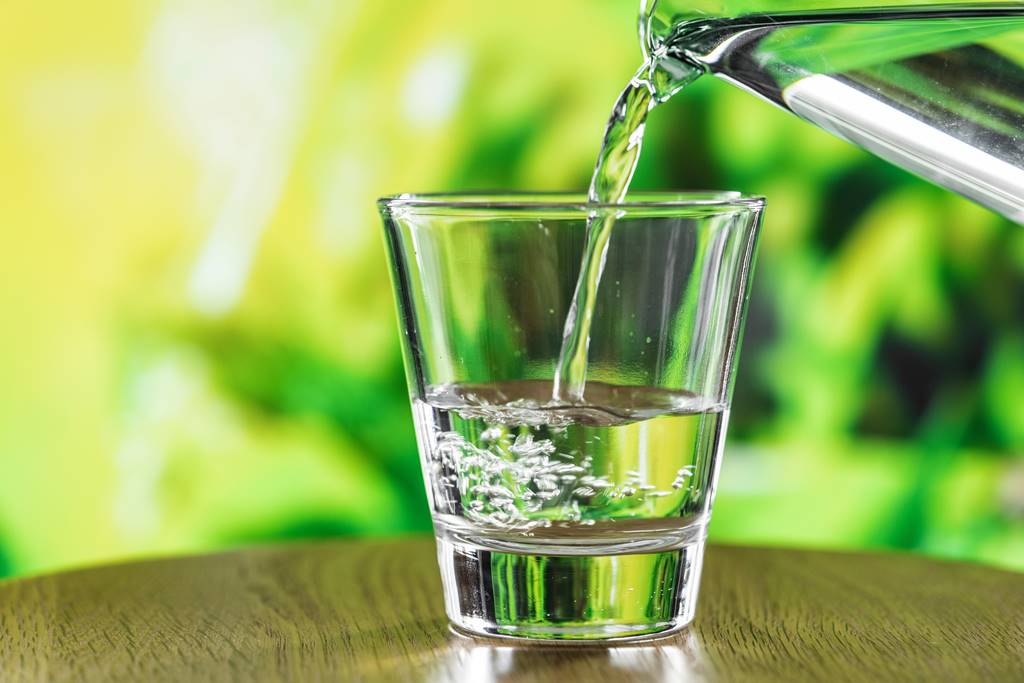The Ultimate Guide to Water Softeners, Salt-Free Water Softeners, and Water Purifiers

Water is one of the most vital resources for human life. It’s used in cooking, cleaning, bathing, and countless other daily activities. However, not all water is created equal. Depending on where you live, the water you use may be hard or contaminated, leading to various issues in your home and health. Fortunately, there are effective solutions to improve the quality of water in your home, such as water softeners, salt-free water softeners, and water purifiers. In this article, we’ll dive into what each of these systems does, their benefits, and how to choose the right one for your needs.
What is a Water Softener?
A water softener is a system designed to remove hard minerals from your water. The main culprits of hard water are calcium and magnesium, which can build up over time, causing scale in pipes, water heaters, and appliances. This buildup can lead to reduced efficiency, increased energy bills, and even appliance failure. A water softener works by using a process called ion exchange to replace these hard minerals with sodium ions, effectively softening the water.
Most traditional water softeners rely on salt to perform the ion exchange process. The system contains a resin bed that attracts calcium and magnesium ions from the water, replacing them with sodium ions. After a period of use, the resin bed becomes saturated with the minerals and must be regenerated using a salt solution, which flushes out the accumulated minerals.
While this method is effective at softening water, it does come with some drawbacks. For one, it increases the sodium content in your water, which can be a concern for people on low-sodium diets or those living in areas with already high salt content in their water. Additionally, the regeneration process can waste water and salt, which may have environmental and cost implications.
The Rise of Salt-Free Water Softeners
In recent years, water softener without salt have gained popularity as an alternative to traditional salt-based systems. These systems are marketed as more environmentally friendly and healthier for those who want to avoid the extra sodium in their drinking water. But how do they work?
Instead of relying on ion exchange, salt-free water softeners use a different technology called Template Assisted Crystallization (TAC). TAC works by altering the structure of the hard minerals in the water, causing them to form microscopic crystals that are too small to cause scaling. These crystals are then carried away with the water, preventing the buildup of scale in your pipes, appliances, and fixtures.
While salt-free water softeners don’t technically “soften” water in the same way as traditional systems, they are effective at reducing the negative effects of hard water, like scale buildup. This makes them an excellent option for households looking to improve the efficiency of their plumbing and appliances without adding extra sodium into their water supply.
One of the key benefits of salt-free water softeners is that they don’t require any ongoing maintenance, like the regeneration process in salt-based systems. They also don’t produce wastewater or salt brine, making them more environmentally friendly. However, salt-free systems may not be as effective at treating very hard water compared to traditional water softeners, so it’s important to consider the hardness of your water before making a decision.
Water Purifiers: A Different Approach to Water Quality
While water softeners focus on addressing hardness, water purifiers aim to improve the overall safety and quality of drinking water. Water purifiers remove a variety of contaminants that can make water unsafe to drink, such as chlorine, bacteria, viruses, lead, pesticides, and heavy metals.
There are several types of water purifier available, each using different filtration methods to remove contaminants. Some of the most common types include:
- Activated Carbon Filters: These filters are designed to remove chlorine, volatile organic compounds (VOCs), and other chemicals that can affect the taste and odor of water. They are often used in refrigerator filters, pitcher filters, and under-sink systems.
- Reverse Osmosis (RO): This filtration method uses a semi-permeable membrane to remove a wide range of contaminants, including dissolved solids, heavy metals, and microorganisms. RO systems are highly effective at purifying water but can be wasteful, as they typically require a significant amount of water to produce purified water.
- UV Purifiers: Ultraviolet (UV) purifiers use UV light to kill or deactivate bacteria, viruses, and other microorganisms. These systems are commonly used in conjunction with other filtration methods to ensure that the water is both clean and safe to drink.
- Distillation: This process involves boiling water and then collecting the steam, which leaves contaminants behind. Distillation is effective at removing minerals, chemicals, and microorganisms, but it can be slow and energy-intensive.
While water purifiers are excellent at improving the safety and taste of water, they don’t address issues like hard water and scale buildup, which is where water softeners come in. In some cases, homeowners may choose to install both a water softener and a water purifier for comprehensive water treatment.
Choosing the Right System for Your Home
When deciding between a water softener, salt-free water softener, or water purifier, it’s essential to consider your specific needs and the quality of your water. Here are some factors to help guide your decision:
- Water Hardness: If you’re dealing with very hard water, a traditional salt-based water softener may be the most effective option. However, if you’re concerned about sodium levels, a salt-free water softener may be a better choice.
- Contaminant Concerns: If your primary concern is water safety and contamination, a water purifier may be the best option. Depending on the contaminants in your area, you may need a combination of filtration methods, such as reverse osmosis or UV purifiers.
- Maintenance: Traditional water softeners require periodic maintenance, including salt replacement and regeneration. Salt-free systems require little to no maintenance, making them a low-effort solution for many homeowners. Water purifiers, depending on the type, may need filter replacements or periodic servicing.
- Environmental Impact: If you’re looking for a more eco-friendly solution, salt-free water softeners and water purifiers that don’t waste water (like activated carbon or UV filters) are ideal options.
Conclusion
Water softeners, salt-free water softeners, and water purifiers each serve a unique role in improving water quality in your home. By understanding the differences between these systems and assessing your needs, you can choose the best solution to enhance the quality of your water, protect your plumbing and appliances, and ensure the safety of your drinking water. Whether you’re dealing with hard water, contaminants, or both, investing in a water treatment system will help you enjoy cleaner, healthier water for years to come.


